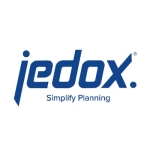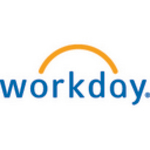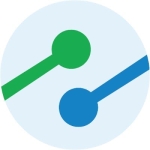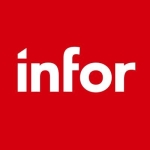This solution has evolved in the last few years. We were using Hyperion, so there was data coming in from other systems into Hyperion. When we were using the on-premises system, we were just moving data from one ERP, e.g. Oracle ERP. When we moved Oracle Hyperion to the Cloud, we brought data from more than one system, e.g. we also brought data from SAP.
We use Oracle Hyperion for consolidation and everything's done on it, but in the past, we did our consolidation in Oracle ERP.
One of the best features that we use in Oracle Hyperion is the data integration. You can slice and dice data, and you can innovate, which is something you can't do in other ERP systems. This solution offers so many possibilities.
Workforce planning is also a valuable feature in this solution that gives you the option to bring in your HR data.
The reporting feature in Oracle Hyperion isn't the best. It needs improvement, but from what I know, they're offering a new reporting package.
There is a new reporting package available in the new tool module, but most companies, e.g. when I talk to friends and even people in my company, they prefer to use other packages like Power BI and Tableau. This means that data will come into Oracle Hyperion, then it will move out and go to Tableau or Power BI for reporting.
If this solution had a good reporting feature from the beginning, then I would have used it, and now that there is one, we don't have the tool. We don't have that license available. If it had been available from the beginning, it would have been great for companies, e.g. we would have been able to better manage reporting.
I've been using Oracle Hyperion for 10 years.
It's a stable solution, and it has improved a lot in terms of connection. From what I understand, its algorithm is based on your input, usage, and frequency. Data availability has also improved a lot. It also depends on the data center, the domain name, and where the data center is located for your company. Other than the reporting, there aren't many complaints about Oracle Hyperion.
I find Oracle Hyperion scalable.
Oracle Hyperion is very easy to implement. Some pieces are complex, but it's an out of the box solution which works for most companies. It was designed in a way that you can maximize your requirement based on what is given by Oracle and they flesh this solution out every three months.
At the start, we deployed Oracle Hyperion on-premises, then we moved it to the Cloud. It's now deployed 100% on cloud. We are using its latest version.
What I'd like to tell others thinking about implementing Oracle Hyperion is that it's a very sophisticated tool, if used correctly. We've gone through a few mergers and doing the mergers, e.g. people coming from other companies merging with our company, they had experience with other tools. Not every company has Oracle Hyperion, and there were people from the other companies who were skeptics in the beginning as they had never used Oracle Hyperion.
When those people started using Oracle Hyperion, with the solution being something that needs a little time to get used to, e.g. you need to have a good understanding of how the hierarchy and the dimensions, etc. work, specifically for somebody who had not used it, or somebody who wasn't a power user, after the initial learning stage and after using it for a month, those people changed their minds about Oracle Hyperion. They said it was a better solution compared to what they used before the merger.
I'm rating Oracle Hyperion a nine out of ten. It's not a perfect score because it's a complicated tool which requires users to have knowledge on databases.
I'm giving it a high score as it is great for reporting and slicing and dicing of data where you can do a lot of calculations, allocations, and all kinds of things which you can't do in an ERP or any other tool. It would depend on how you use Oracle Hyperion. If you're not using it as much, then you won't be able to compare it with other solutions that are out in the market.




















